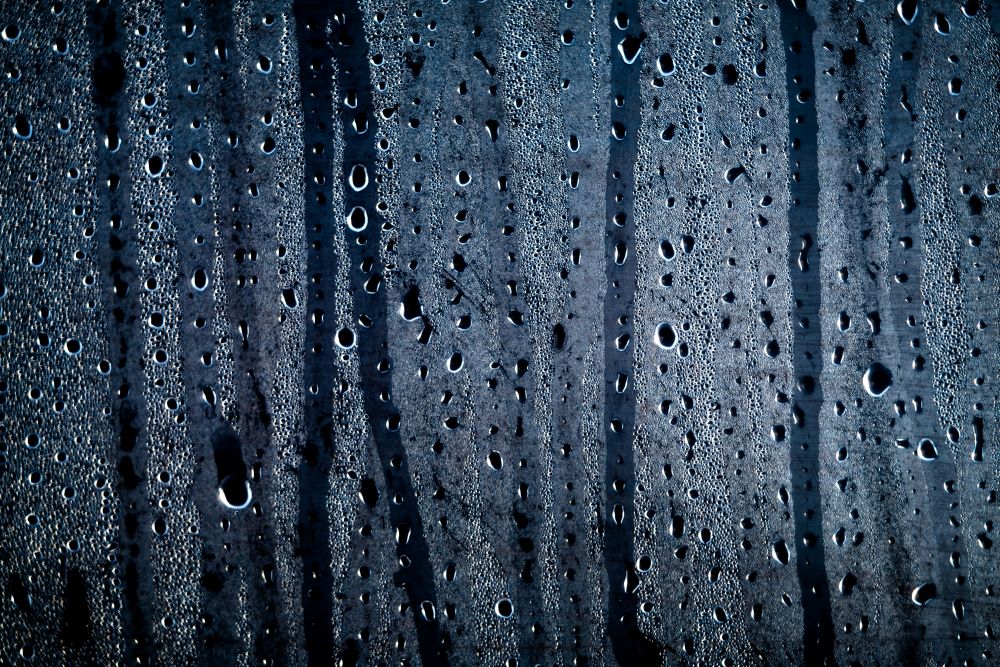A Rotary Desiccant Wheel will probably be the next upgrade to your HVAC system (but you can add it right now in the form of a standalone dehumidifier)

We saw a significant increase in comfort and decrease in energy use when inverter motors were incorporated into residential HVACs. (What is Inverter Technology and what does it do for my Air Conditioner?) Still, even with inverter motors, compressed refrigerant system air conditioners can leave a significant amount of moisture in the air, which allows the growth of mold, viruses and other microbes. Higher relative humidity also decreases human comfort. The addition of desiccant wheels are going to change this.
Desiccants are “hygroscopic” materials, meaning they absorb water readily. The most common ones we encounter are those little silica gel packs found in supplement and drug bottles which keep the product dry (if you keep the lid closed). These include the ones sold in small plastic tubs that you can set in your closet or car to remove humidity, as well as desiccants that are used in giant commercial facilities in cold storage to minimize product degradation and mold (where traditional refrigerant dehumidifiers don’t work as well). (Understanding Commercial Drying Desiccants: A Key Tool in Effective Water Removal) There are lots of desiccant materials, but the most useful ones are those that can be reused, not single-use. Desiccants are normally “regenerated” by applying heat to drive out the moisture.
Researchers and product developers are finding that adding a desiccant to an HVAC system actually increases its energy efficiency, and the combination will remove more moisture than a traditional compressed refrigerant system. A key metric in evaluating the performance of HVAC systems is the coefficient of performance, which compares the amount of heating or cooling produced to the amount of electrical energy consumed. While air conditioners theoretically have the potential to achieve COP values of up to 30, in reality, achieved values do not exceed 3.5….(A comprehensive review on rotary desiccant wheel systems: the future of smart building climate control) This is because moisture in the air carries heat (called latent heat) and it takes energy just to remove the moisture. However, when adding a desiccant before the traditional compressed refrigerant cooling process, the desiccant removes moisture and its associated latent heat, and the air conditioner can do what it’s better designed to do: cool the air.
Dehumidifiers enhance human comfort in hot and humid environments by reducing the specific and relative humidity of indoor air. The saying, “it’s not the heat, it’s the humidity” has meaning because when comparing two environments at the same temperature but differing humidity (such as 80 degF at 50% humidity and 80 degF at 75% humidity) there is considerably more comfort at the lower humidity! This is because the water vapor in the air itself holds heat energy, and makes us more uncomfortable the higher the humidity goes. Therefore if the outdoor temperature is 80 degrees, you might not need an AC system at all–you might just need a dehumidifier!
There are several types of dehumidifiers on the market today:
-
Refrigerant dehumidifiers (work similar to air conditioners)
-
Desiccant dehumidifiers (both expendable and reusable)
-
Liquid dessicants
-
Solid dessicants
Focusing on solid desiccants, one design has recently made its way into the residential market. It’s called a Rotary Desiccant Wheel (RDW), and it works like this:

Source: A review on desiccant dehumidification integrated evaporative cooling system
The RDW is coated with a solid desiccant, which alternately absorbs moisture when in desiccant mode (pink/green airflow at bottom), and releases moisture when it’s in regeneration mode (red/blue airflow at top). Indoor air comes in one side of the wheel (bottom left), which sends dry air back out into the room. Then, another stream is taken from the same room, sent through a heater, and used to “regenerate” the desiccant (top). There are other developments that can remove more water out of the air, such as:
-
Novel coatings on the desiccant wheel
-
Multi-stage systems that use more than 1 desiccant wheel
-
Ability to use them in low temperatures (temperature alone does not drive the removal of water from the air).
-
Solar energy can be used to regenerate the desiccant
-
Adding pre-cooling (with an air conditioner or chilled water system) reduces the load on the desiccant wheel, increasing the moisture removal and increasing the coefficient of performance over air conditioning alone, making this version good for removing moisture and controlling temperature in enclosed cabins. (Experimental study on the performance of an improved dehumidification system integrated with precooling and recirculated regenerative rotary desiccant wheel)
RDW technology has made its way into the residential dehumidifier market, such as this well-reviewed product on Amazon. It uses a ceramic composite wheel that is “soaked with a zeolite absorbent”. Part of the wheel receives the air flow directly from the room and absorbs water from that air. The air will feel cooler alone because by taking water out of the air, heat contained in the water vapor is also removed. Then, in order to release water into the bottom tray of the unit, another stream of air is taken from the room and used to heat the other part of the wheel, regenerating and drying out the catalyst. Some units use refrigerant to further cool the air going into the room and wring out more moisture, but this particular one does not, simplifying the machine and things that can break.
This technology is also fascinating because it uses less energy than traditional compressed refrigerant dehumidifiersWe love it when retail products finally catch up with industry, and even more so when the technology advances again to bring prices down. In the case of RWD, they were initially invented in 1955, but refined in the 1980s with laminar flow technology (smooth, parallel fluid layers to control and minimize turbulence). So, you can already embrace energy savings with an RDW dehumidifier, and soon (we think) these will be added to high-performance residential air handlers, especially those marketed to areas of high humidity, such as the southeast US.
Photo by Tamas Kolossa on Unsplash






